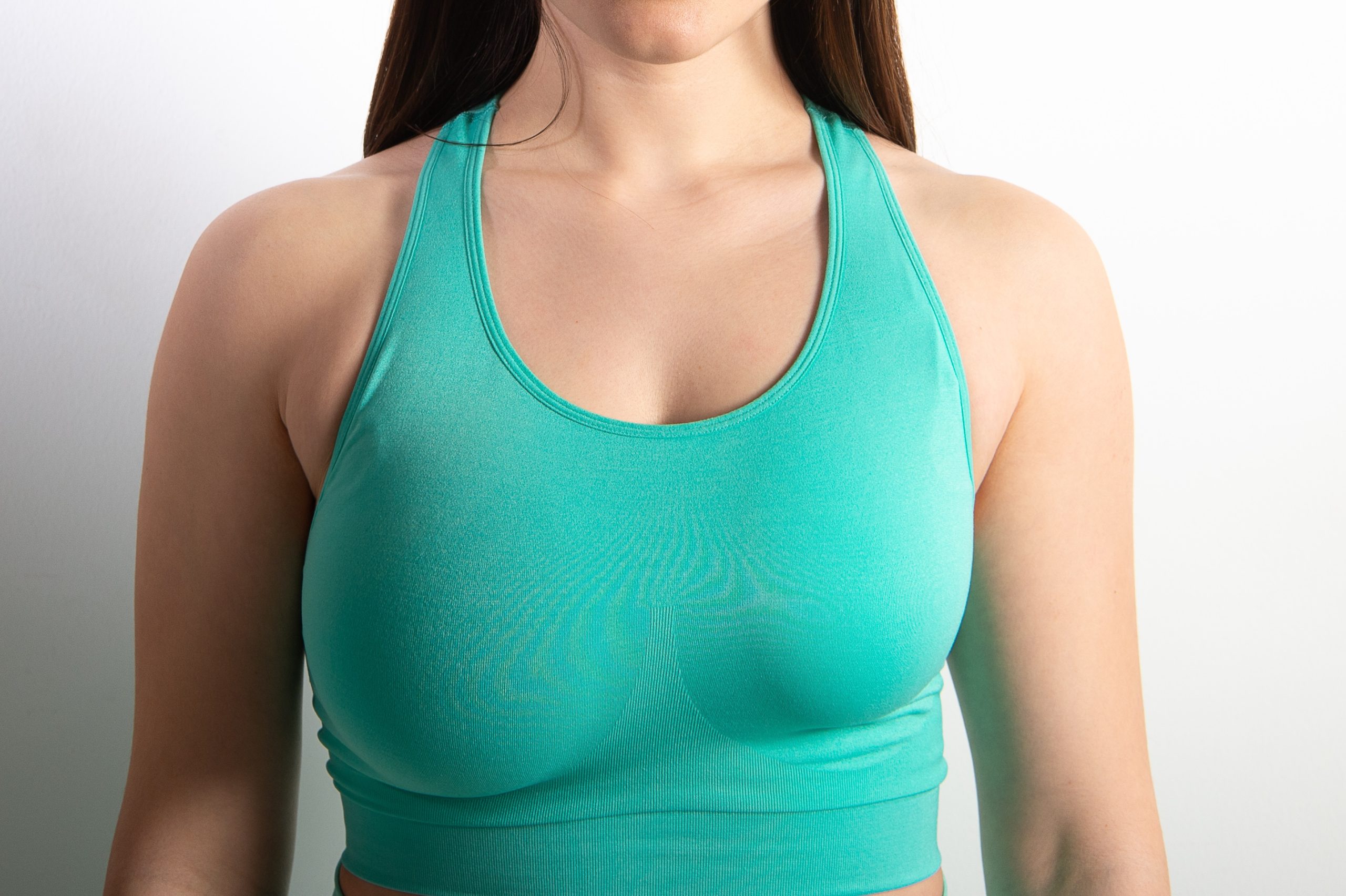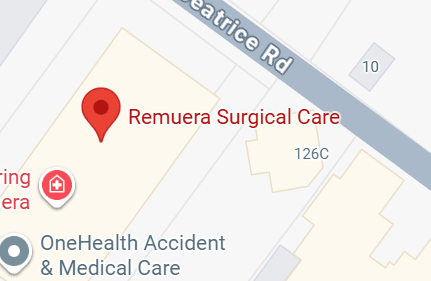Breast augmentation is a commonly performed operation to enhance the size and shape of a woman’s breasts. It is also a suitable operation for correcting breast asymmetry, enhancing small breasts or absent breast tissue and correcting deformity after cancer surgery. There are potential problems associated with breast implant surgery. These are not to be taken lightly, but likewise do not mean you shouldn’t go ahead. Most important is to weigh risk against benefit and ensure the risks are mitigated as far as possible. I like to see my patients annually, life-long so we see if problems are developing and deal with them promptly.
Things you need to know to help you make an informed decision:
- Most women have one breast larger than the other.
- Most women have one breast that sits lower on the chest wall than the other.
- Breasts are composed of a mixture of fat and glandular tissue (the part which secretes breast milk). Glandular tissue weighs more than fat, so the more you have, the heavier your breasts will be and the more likely they will droop without support.
- Breast fat increases and decreases in tandem with variations in body fat generally.
- Breast glandular tissue increases and decreases in tandem with variations in female hormones (for instance before and after menstruation and pregnancy).









